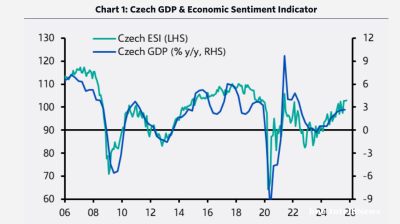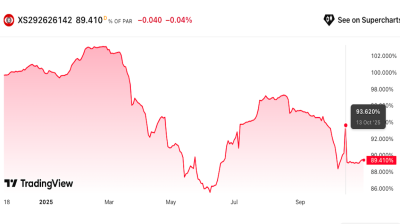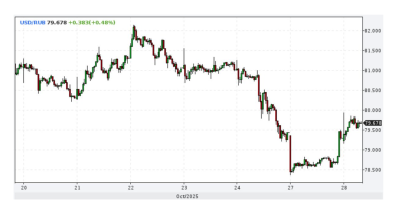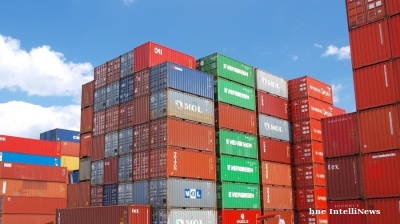Consumer prices in Georgia rose by 1.3% in October, while the annual inflation rate accelerated from 12.3% y/y in September to 12.8% y/y, the statistics office Geostat announced.
Core inflation remained steady from September at 6.3% y/y, while core inflation without tobacco edged down slightly to 6.2% y/y (from 6.3% y/y in September).
The food prices increased by 3.0% in October, contributing 0.96pp to the month’s 1.3% inflation. The prices were higher for vegetables (9.0% ), bread and cereals (5.5%), fish (4.2%), milk, cheese and eggs (3.6%), sugar, jam, honey, chocolate and confectionery (1.2%). Along with this, prices decreased for fruit and grapes (-1.1%);
The 9.2% monthly rise in the average price of clothes contributed another 0.29pp to the 1.3% monthly inflation in October.
As regards annual inflation (12.8% y/y), the category of food goods made the biggest contribution as well: 5.73pp, caused by the 18.4% annual increase of their prices.
The category of transport items (including fuels) contributed another 2.40pp, as prices surged by 19.6%.
The prices of housing, water, electricity, gas and other fuels rose by 11.9% y/y, contributing 1.75pp to annual inflation.
The National Bank of Georgia (NBG) on October 27 kept its key refinancing rate unchanged at 10% for a second time in a row, after raising it by 0.5% to its highest level in 13 years in August.
The central bank stressed that it is keeping the monetary policy stance tight, as increased inflation remains a challenge for Georgia. Noting that consumer prices increased by 12.3% y/y in September, the NBG said it expected inflation to remain high through February 2022.
According to the central bank, the high inflation was mainly a result of one-off factors, such as significant increases in prices of food and oil on international markets. The NBG said the upward pressure on prices was also driven by the rapid growth of international transportation costs.

Data

Czech growth accelerates as domestic demand-side pressure builds
The Czech economy delivered an unexpected acceleration in the third quarter, marking a clear shift from its earlier position as a regional underperformer to one of Central and Eastern Europe’s fastest-growing economies.

Eurobonds of Istanbul-listed Zorlu units offer attractive yields amid rating downgrades and no default expectation
Debut paper currently offering 14-15% yield.

Ruble strengthens as sanctioned oil companies repatriate cash
The Russian ruble strengthened after the Trump administration imposed oil sanctions on Russia’s leading oil companies, extending a rally that began after the Biden administration imposed oil sanctions on Russia in January.

Russia's central bank cuts rates by 50bp to 16.5%
The Central Bank of Russia (CBR) cut rates by 50bp on October 24 to 16.5% in an effort to boost flagging growth despite fears of a revival of inflationary pressure due to an upcoming two percentage point hike in the planned VAT rates.




